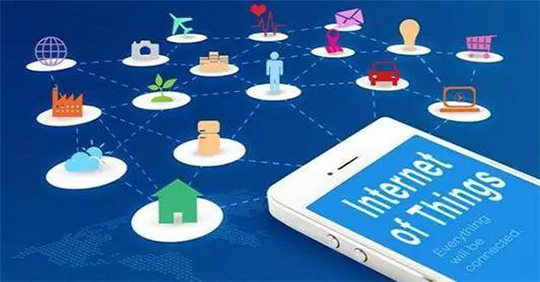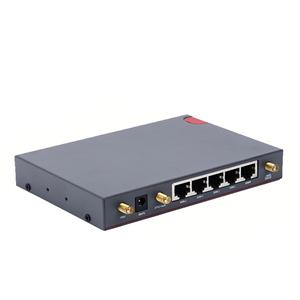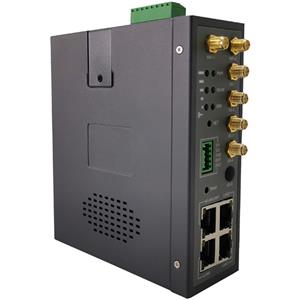IoT into life
IoT into life

You may have heard of a connected tennis racket that uses sensors in the racket to determine the swing and why it continues to hit the ball. Maybe you have heard of Commuter x Jacquard, a coat that connects to your smartphone via Bluetooth. This is the result of Google ’s collaboration with Levi's. A tactile buzz on the cuff reminds everyone of the phone left. By flicking the sleeves, you can skip a song; tap the shoulder strap to take a picture.
The above examples illustrate how companies can use the Internet of Things (IoT) to maximize business value by embedding sensors, software, and other technologies into their physical assets to connect and exchange data with other devices and systems over the Internet.
Transport chain
How to optimize the deployment of this fast-growing technology through the supply chain to reduce food waste is another good example of its potential. According to a UN report, as much as 30% of the world's food is lost or wasted between farms and forks, equivalent to about $ 750 billion. Danish company Globe Tracker specializes in monitoring refrigerated shipping containers and provides a solution that can remotely monitor and control the power loss and equipment failures of containers while they are traveling around the world. By transmitting real-time tracking data from reefer containers and their sensors, near real-time data can be shared with customers throughout the entire supply chain. This prevents load loss and deterioration, and saves some of the 1.3 billion tons of food wasted every year around the world.
5G helps
Smartphones and 4G have changed the way we communicate, consume and live. With 5G, we are entering the next generation of mobile communications. Combining a range of other new technology solutions such as the Internet of Things, edge computing, artificial intelligence (AI), and machine learning, 5G is driving the fourth industrial revolution, just as steam, electricity, and silicon are powering the first three industries. 5G has super capabilities such as capacity, speed, and lightning-fast response time, laying a solid foundation for this transformation. With faster, more reliable connections, the industry can transform digital business and produce products in a smarter way.
By becoming a software-defined network, 5G will replace the need for cables by running on the cloud. Its capacity will be a hundred times better than 4G, and it will greatly increase Internet speed. 5G response time will also be faster. 4G networks will respond to our commands in less than 50 milliseconds; using 5G takes about one millisecond, 400 times faster than blinking. For a world that is increasingly dependent on the Internet to operate, reducing time delays is critical.
Global competition
The main drivers of globalization and excessive competition, personalized and customized digitalization, and technological maturity. There is a clear momentum in the market, which means opportunities for enterprises, but it has also attracted people's attention. The first is the need to increase flexibility. The other is security. As you manage more and more data that is sensitive to your production, security is paramount. Most importantly, companies are facing increasing pressure to improve work safety and reduce carbon emissions. This happens at the same time as the need to increase productivity.
New industry breakthrough
In short, companies and industries must do more with less. Embracing the technologies and ideas of the Fourth Industrial Revolution, which provide data access and insights to optimize your business, which is critical to long-term survival. In fact, passively waiting on the sidelines has considerable costs. A multinational manufacturer that cannot upgrade will find inefficiencies and downtime impacting production. In addition to the risk of lagging behind competition, this could also result in losses worth hundreds of millions of dollars. But the biggest issue of our time is that climate change and sustainable development efforts have become a business priority. Today, successful businesses depend heavily on their ability to minimize their carbon footprint. Similarly, technological innovation plays an important role: adopting smarter, more closely connected business models often has the side effects of energy efficiency. Digital technologies such as 5G and IoT are expected to reduce global emissions by up to 15% by 2030, which is critical to combating climate change.




